Seismology
Introduction
Seismology is the scientific study of earthquakes and the propagation of elastic waves through the Earth or through other planet-like bodies. The field also includes studies of earthquake environmental effects, such as tsunamis as well as diverse seismic sources such as volcanic, tectonic, oceanic, atmospheric, and artificial processes (such as explosions). A related field that uses geology to infer information regarding past earthquakes is paleoseismology. A recording of earth motion as a function of time is called a seismogram. A seismologist is a scientist who does research in seismology.


History
Scientific interest in earthquakes goes back thousands of years. Ancient texts from the Mediterranean region report on earthquakes, and the Bible describes the earthquake during the crucifixion of Christ. The Chinese scientist Zhang Heng invented the first seismoscope in AD 132.


Seismic Waves
Seismic waves are the waves of energy caused by the sudden breaking of rock within the earth or an explosion. They are the energy that travels through the earth and is recorded on seismographs. There are several different kinds of seismic waves, and they all move in different ways. The two main types of waves are body waves (often called P waves and S waves) and surface waves (Love waves and Rayleigh waves). P waves are the fastest seismic waves and can travel through solid, liquid, or gas. S waves are slower than P waves and can only move through solid rock, not through any liquid medium. It is the difference in arrival times of the P and S waves that allows seismologists to locate the epicenter of an earthquake.
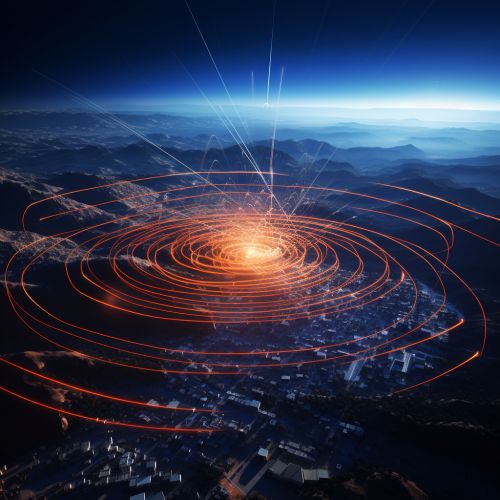
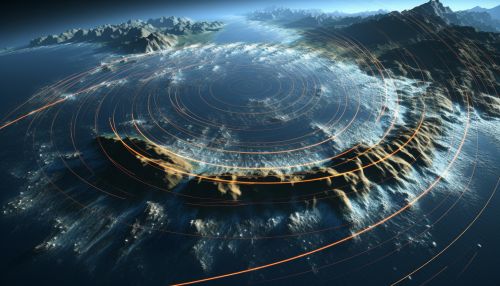
Earthquake Prediction
Earthquake prediction is a branch of the science of seismology concerned with the specification of the time, location, and magnitude of future earthquakes within stated limits. Many methods have been developed for predicting the time and place in which earthquakes will occur. Despite considerable research efforts by seismologists, scientifically reproducible predictions cannot yet be made to a specific day or month.
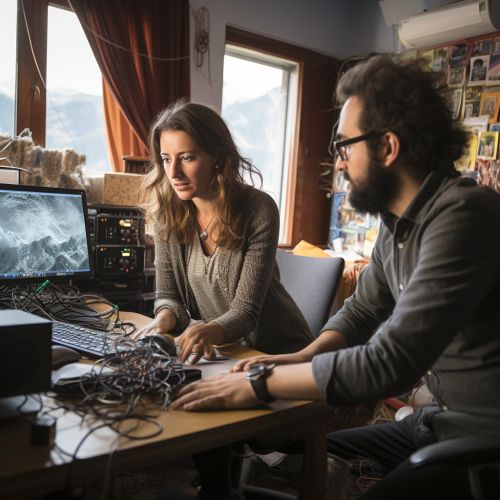

Earthquake-Resistant Structures
Seismology leads to the practice of constructing buildings and other structures that are as earthquake-resistant as possible; this discipline is known as earthquake engineering. Modern building codes mandate that structures be designed to withstand the severe shaking associated with earthquakes. Designing structures to withstand the forces generated by earthquakes is accomplished by following building codes that outline proven design techniques for earthquake-resistant structures. These codes are based on knowledge gained from extensive research and observation of damage caused by past earthquakes.
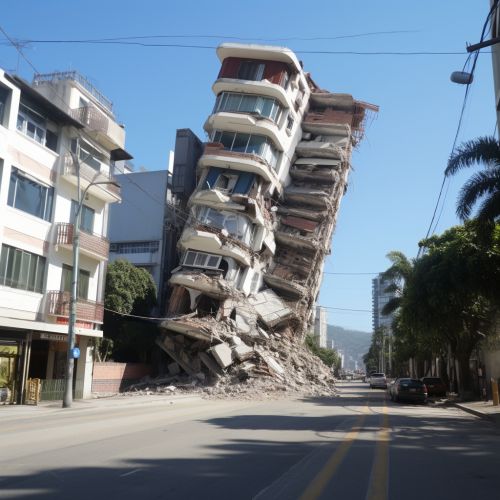
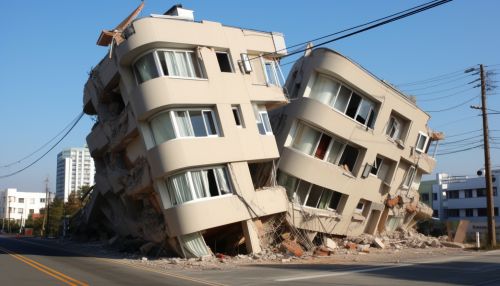
Seismology and Society
Seismology has a significant role in our society. It helps us understand the earth's structure and the various geological phenomena occurring inside it. It helps in predicting earthquakes and tsunamis and plays a crucial role in designing earthquake-resistant structures, thus saving human lives. Seismology also has applications in various other fields like oil exploration, understanding oceanic activities, and even in studying other planets.
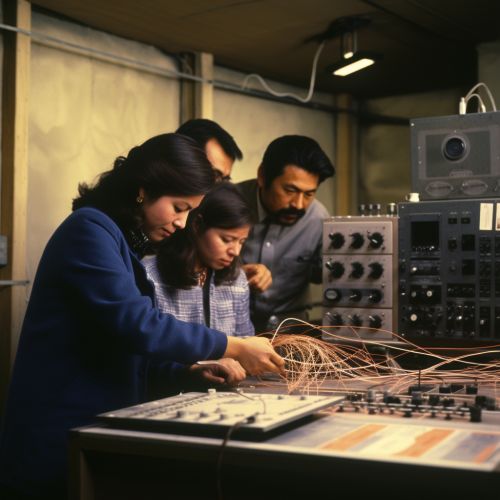

See Also
References
1. "Seismology." Encyclopædia Britannica. Encyclopædia Britannica Online. Encyclopædia Britannica Inc., 2016. Web. 15 Oct. 2016. 2. "Seismology." Wikipedia. Wikimedia Foundation, n.d. Web. 15 Oct. 2016. 3. "Seismology." National Geographic Society. N.p., n.d. Web. 15 Oct. 2016.
